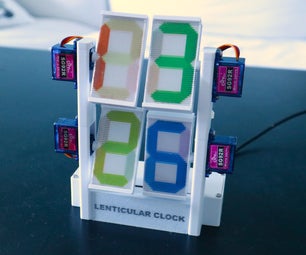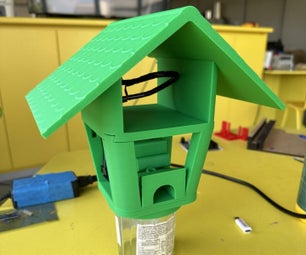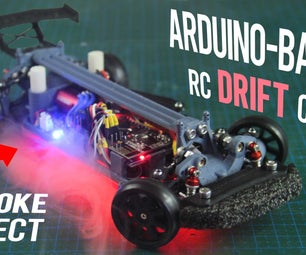Introduction: Make Your Own Solid State Relay
In this project we will have a look at solid state relays, find out how they work and when to use them and in the end create our own DIY Solid State Relay. Let's get started!
Step 1: Watch the Video!
The video gives you all the information you need to create your own Solid State Relay. In the next steps though I will present you some additional information.
Step 2: Order the Components!
Here you can find a parts list with example seller (affiliate links):
Aliexpress:
1x MOC3020 Optocoupler: https://s.click.aliexpress.com/e/_dZQvjs7
1x BT138 Triac: https://s.click.aliexpress.com/e/_dXjBcRH
1x 330Ω, 3x 1kΩ Resistor: https://s.click.aliexpress.com/e/_dTPpXjt
2x PCB Terminal: https://s.click.aliexpress.com/e/_dYbstfZ
1x Heatsink: https://s.click.aliexpress.com/e/_dXwflOP
Ebay:
1x MOC3020 Optocoupler: http://rover.ebay.com/rover/1/711-53200-19255-0/1?...
1x BT138 Triac:http://rover.ebay.com/rover/1/711-53200-19255-0/1?...
1x 330Ω, 3x 1kΩ Resistor:http://rover.ebay.com/rover/1/711-53200-19255-0/1?...
2x PCB Terminal:http://rover.ebay.com/rover/1/711-53200-19255-0/1?...
1x Heatsink: http://rover.ebay.com/rover/1/711-53200-19255-0/1?...
Amazon.de:
1x MOC3020 Optocoupler: http://amzn.to/2jEy2NG
1x BT138 Triac: http://amzn.to/2hLuQQ1
1x 330Ω, 3x 1kΩ Resistor: http://amzn.to/2hMZ7h7
2x PCB Terminal:http://amzn.to/2jEq8ns
1x Heatsink: http://amzn.to/2hLJpCT
Step 3: Build the Circuit!
Here you can find the very simple schematic of my DIY solid state relay along with pictures of my finished board. Feel free to use them as a reference.
Step 4: Success!
You did it! You just created your own Solid State Relay!
Feel free to check out my YouTube channel for more awesome projects:
http://www.youtube.com/user/greatscottlab
You can also follow me on Facebook, Twitter and Google+ for news about upcoming projects and behind the scenes information:
https://twitter.com/GreatScottLab
https://www.facebook.com/greatscottlab











